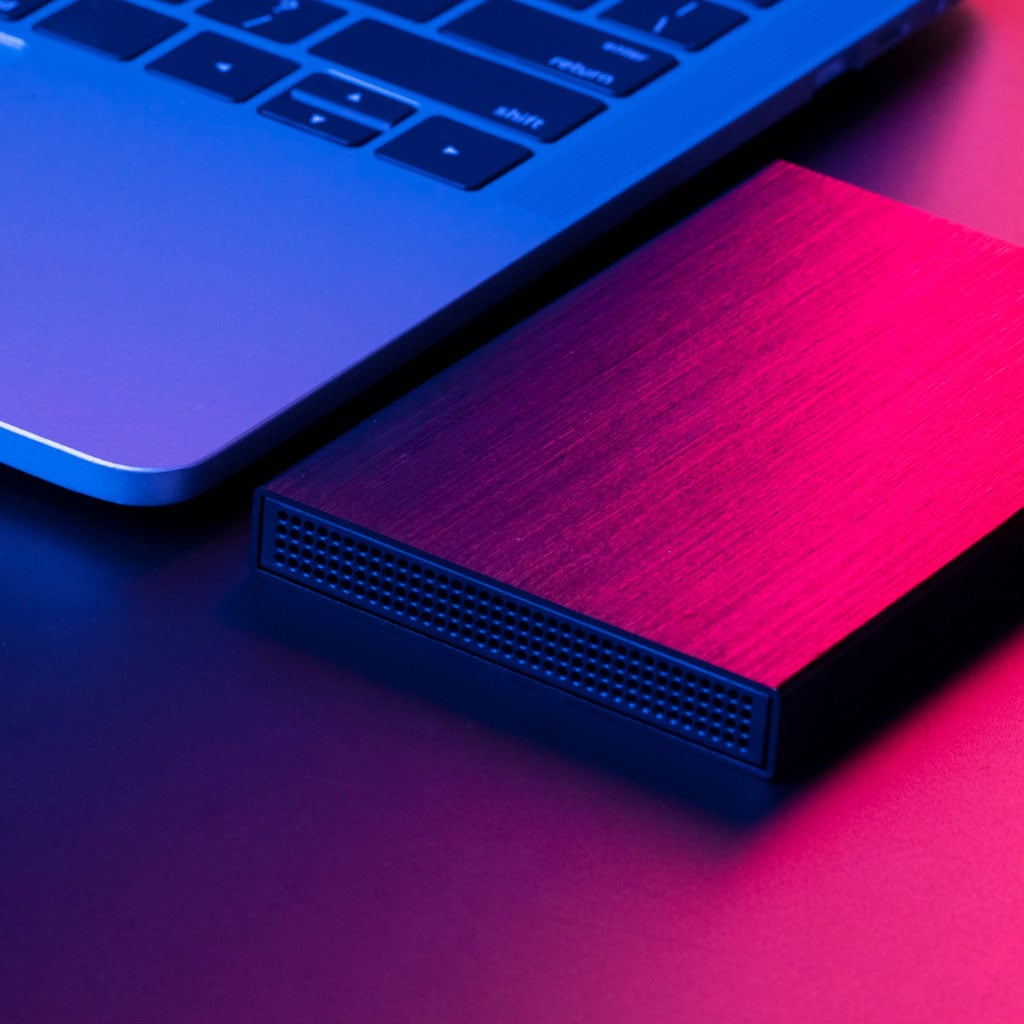How Long Should a Macbook SSD Last?
How Long Should a Macbook SSD Last?
The Solid State Drive (SSD) is the latest storage technology used in modern computers. It offers faster read/write speeds, greater reliability, and consumes less energy than traditional hard drives. Macbooks are no exception to this trend, and many modern models have SSDs installed as standard. What is the average lifespan of a Macbook’s SSD?
The lifespan of SSDs
The early years of SSDs brought about many misconceptions and concerns regarding their longevity, as the estimated lifespan of NAND flash storage used on an SSD was significantly underestimated. This resulted in drives that seemed to breakdown after only a short period of use. However, it turned out that these failures were rarely due to the NAND itself falling apart but usually caused by controller lockups instead. Fortunately, advancements in controller design have drastically improved the lifespan of drives and failures due to this issue are no longer common.
It should also be noted that vendor ratings and consumer perceptions about how much data they are writing can affect one’s opinion on SSD lifespans. This is because vendors often rate their drives based on yearly writes and consumers may not understand just how much data they are writing over time. That said, modern-day SSDs should last for many years regardless if data written exceeds expected amounts or not, as long as they remain relatively cool and free from heavy shock or vibration.
What is the average lifespan of a MacBook SSD?
The lifespan of a MacBook SSD, like any solid-state drive, is influenced by various factors, including usage patterns, storage capacity, drive technology, and overall device care. SSDs have a finite number of write cycles, which means they can handle a certain amount of data writes before reaching their expected end-of-life. However, modern SSDs are designed with advanced technologies to extend their durability and longevity.
1. Write Endurance and NAND Technology: The endurance of an SSD is determined by its NAND flash memory technology and the number of program-erase cycles (P/E cycles) it can endure. Multi-level cell (MLC) and triple-level cell (TLC) NAND SSDs, common in consumer devices, have higher write endurance compared to quad-level cell (QLC) NAND SSDs found in some budget-friendly SSDs.
2. Total Bytes Written (TBW): Manufacturers often specify an SSD’s endurance in Total Bytes Written (TBW) or Terabytes Written (TB). TBW represents the total amount of data that can be written to the SSD before its rated endurance limit is reached. High-quality consumer-grade SSDs typically have TBW ratings in hundreds of terabytes or even petabytes.
3. Usage Patterns and Workloads: The longevity of an SSD depends on how it is used. Frequent and intensive write-heavy workloads, like video editing or constant data transfers, can put more strain on the SSD and reduce its lifespan. Regular users engaging in typical daily tasks may find their SSD lasts for many years without significant performance degradation.
4. Overprovisioning and Wear Leveling: Modern SSDs employ wear leveling and overprovisioning techniques to distribute data writes evenly across memory cells and minimize wear on specific areas. This extends the SSD’s lifespan and ensures uniform wear across the drive.
5. Temperature and Environmental Factors: Temperature and environmental conditions can influence SSD longevity. Excessive heat can degrade SSD performance and durability, so maintaining a suitable operating temperature is essential. Avoid exposing the MacBook to extreme conditions, such as high humidity or temperature fluctuations.
6. Trim Support and Firmware Updates: Using a macOS version with TRIM support and ensuring the SSD’s firmware is up-to-date can enhance performance and longevity. TRIM helps maintain SSD performance by cleaning up unused data blocks, preventing write amplification, and reducing wear.
7. Data Retention and Read-Only Mode: Even after reaching its rated TBW, an SSD may continue to function in a read-only mode for an extended period. In this state, data can still be accessed, but no further writes are possible. This read-only mode allows you to retrieve data from the SSD, giving you additional time to back up critical files.
8. Manufacturer Warranty and Reliability: The manufacturer’s warranty is an indicator of an SSD’s expected lifespan and reliability. Reputable brands often provide extended warranties, reflecting confidence in their products’ durability.
Monitor and preserve the well-being of your M1 Mac’s SSD!
The health of your Mac’s internal SSD is an important part of its maintenance and longevity. If the drive runs out of space or the data becomes corrupted, it can lead to dramatic performance issues and even total system failure. Fortunately, there are a few relatively simple methods to check on the health of your M1 Mac SSD.
The first is by using the free App from Apple known as Xcode, which requires several additional tools in order to properly function. It works by analyzing the S.M.A.R.T status of every connected drive in order to give you an overall report about their respective health levels and potential points for improvement. The second method is simply checking how much storage space you have left on your hard drive under “About this Mac” in settings- or manually, going through “Storage” and deleting unnecessary files if possible. While neither of these require a large amount of technical knowledge, they can help keep your Mac’s internal drive running smoothly for many years to come!
Conclusion
In conclusion, a MacBook SSD can last for several years, with the lifespan influenced by usage patterns, NAND technology, TBW rating, and overall device care. With modern SSDs’ advanced features, wear leveling, and overprovisioning, users can expect an SSD to serve reliably for a considerable duration before any significant performance degradation occurs. Regular maintenance, sensible usage, and adhering to recommended environmental conditions will ensure your MacBook SSD enjoys a long and efficient life.





You must be logged in to post a comment.